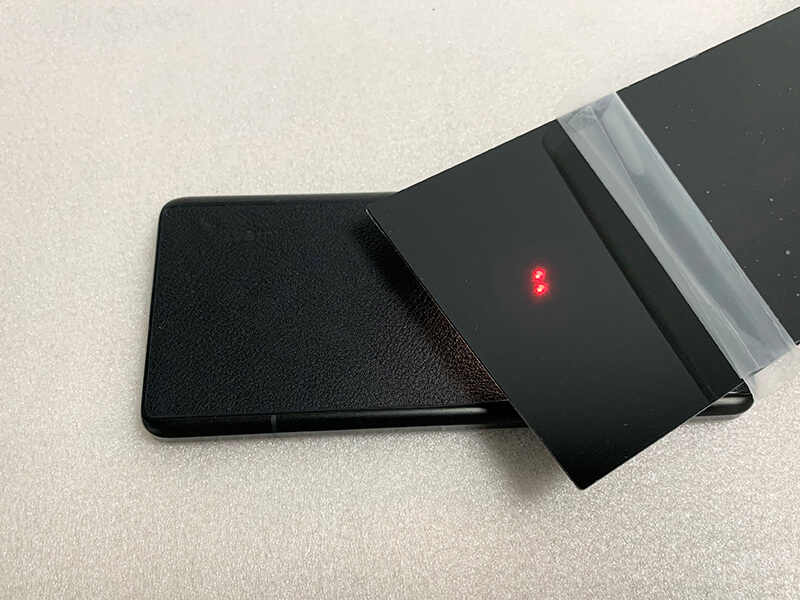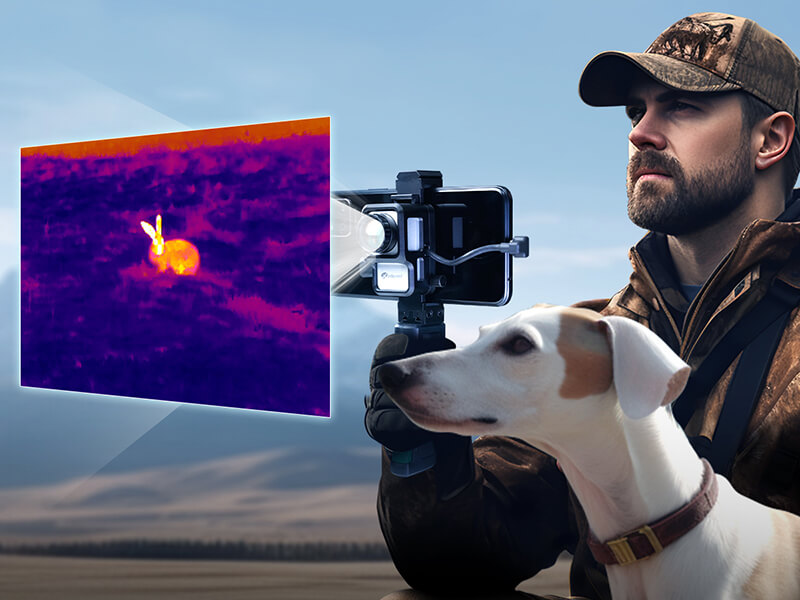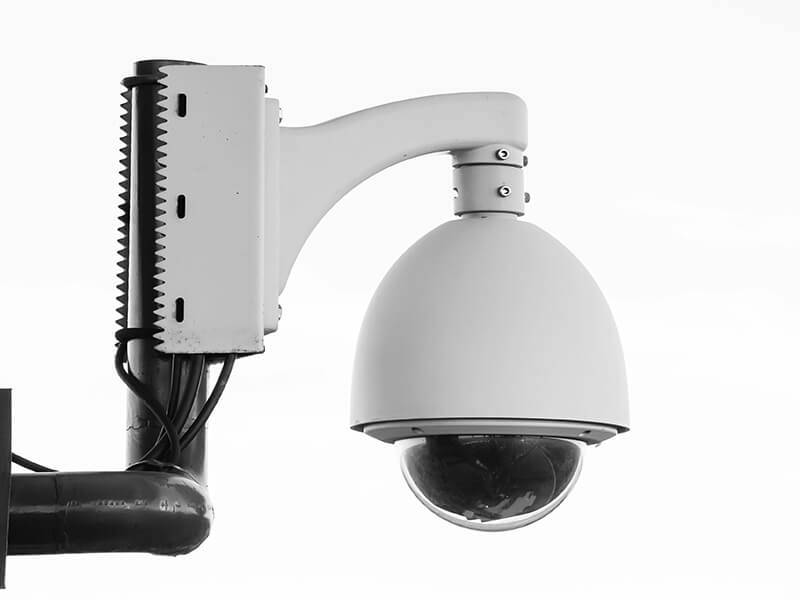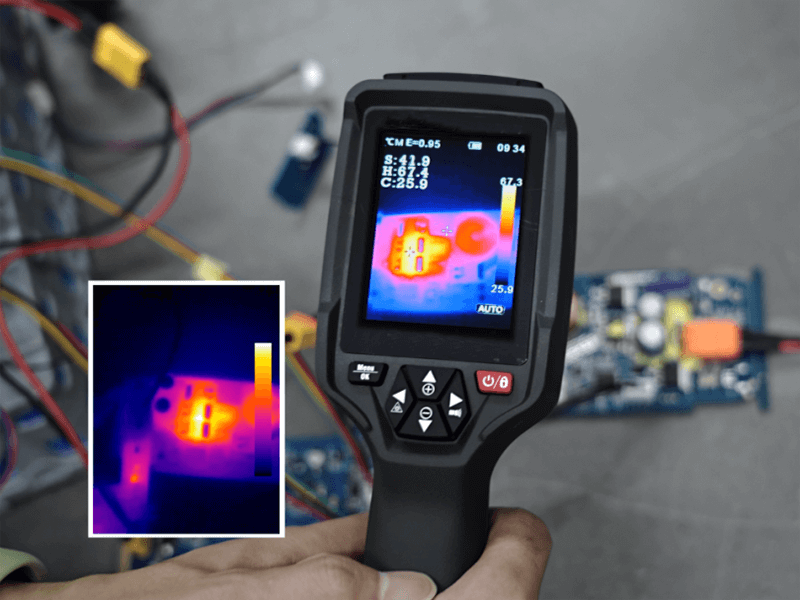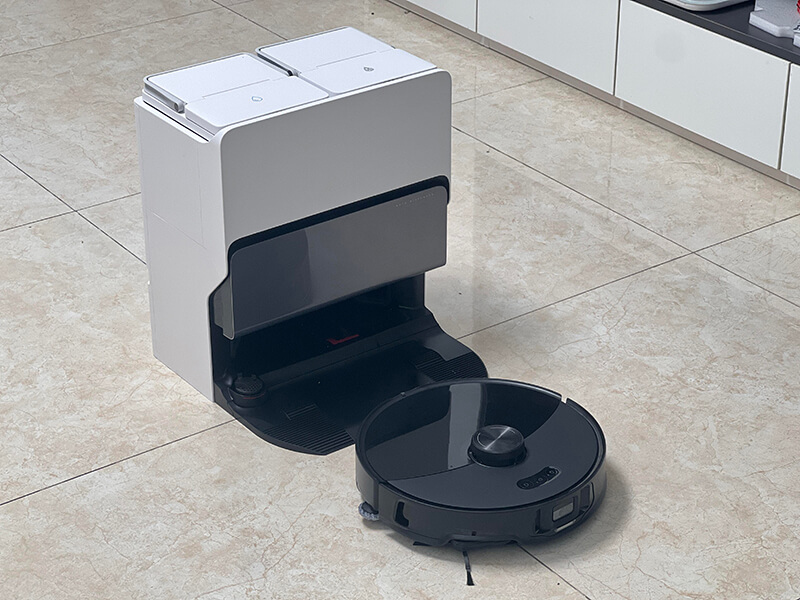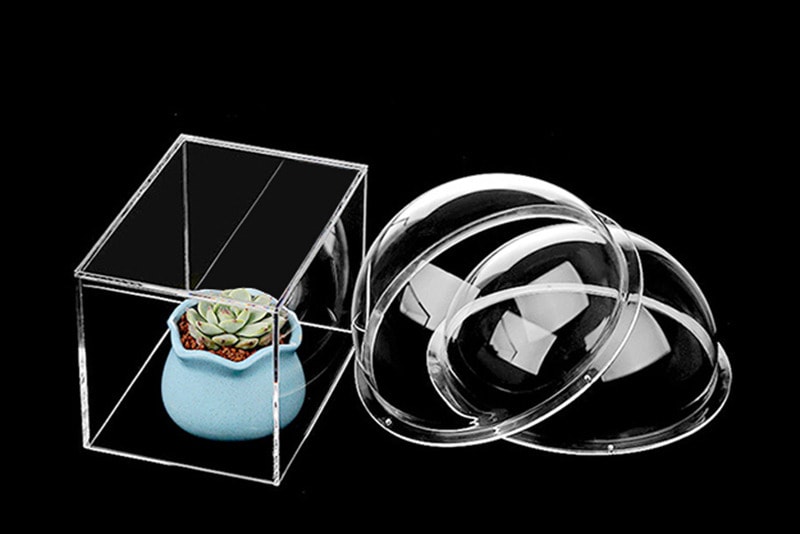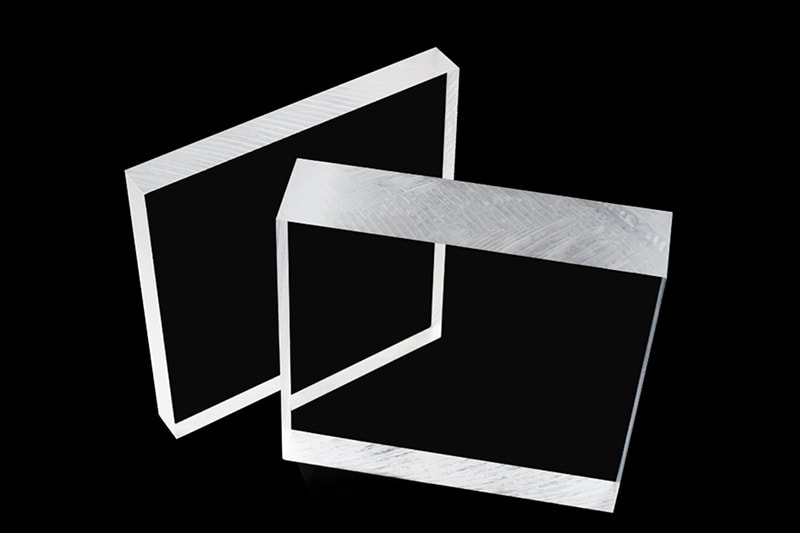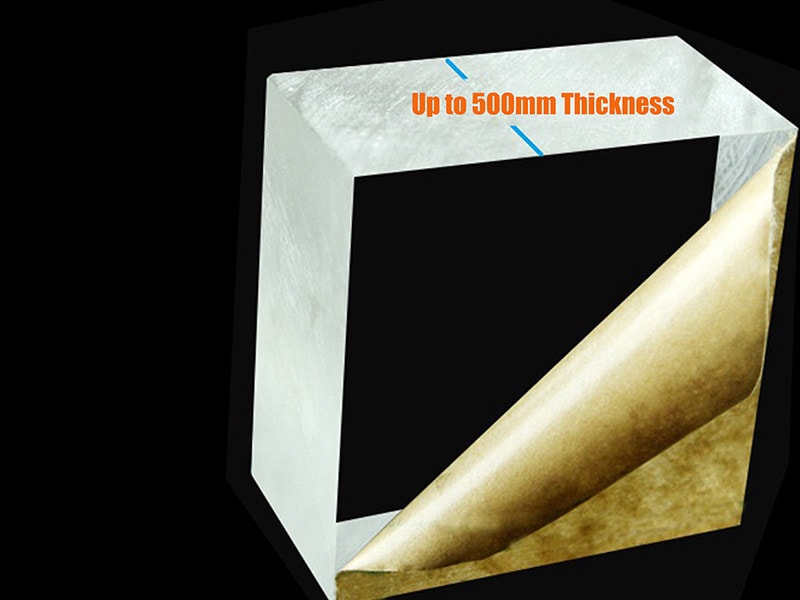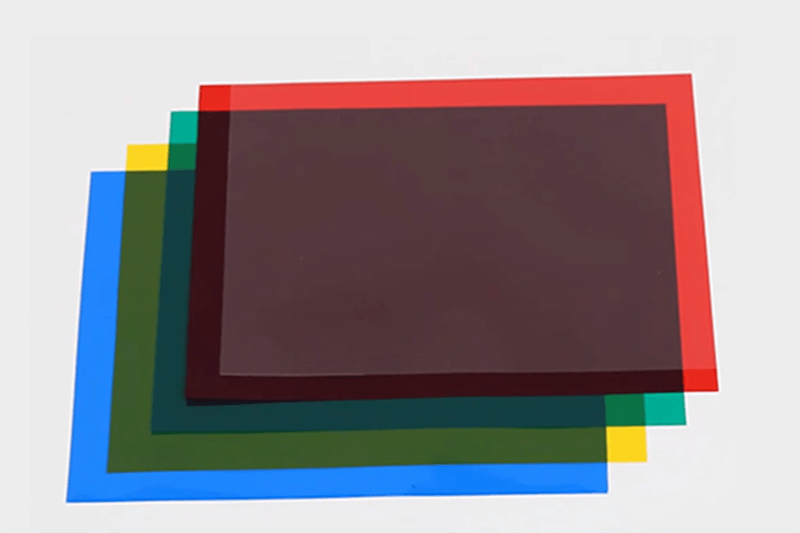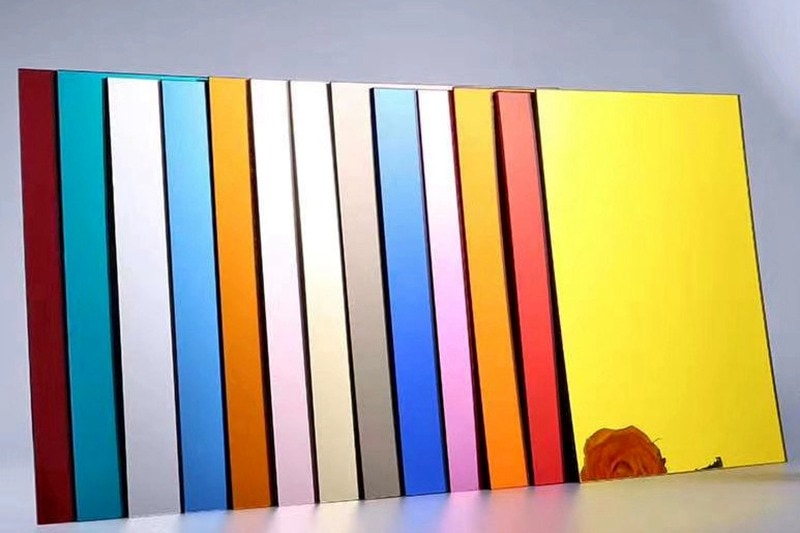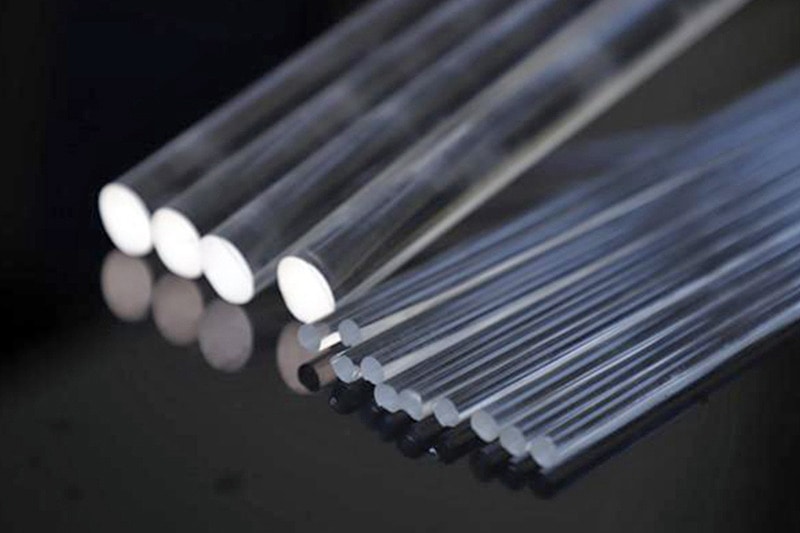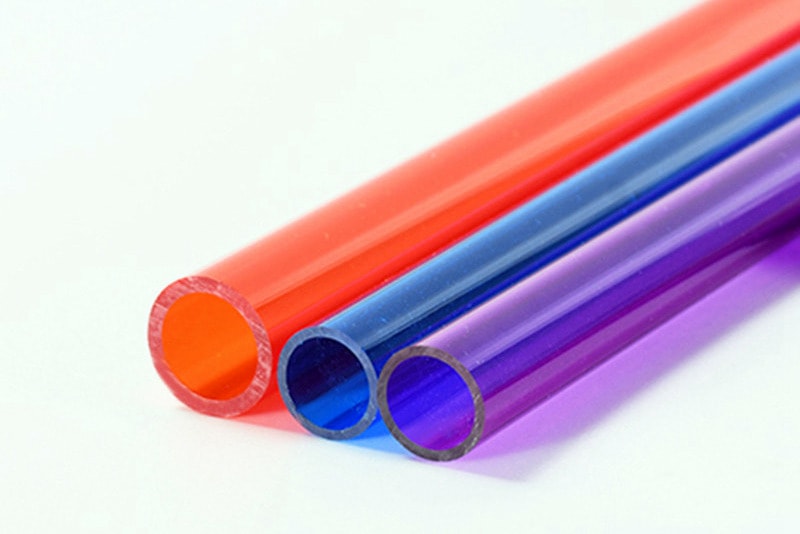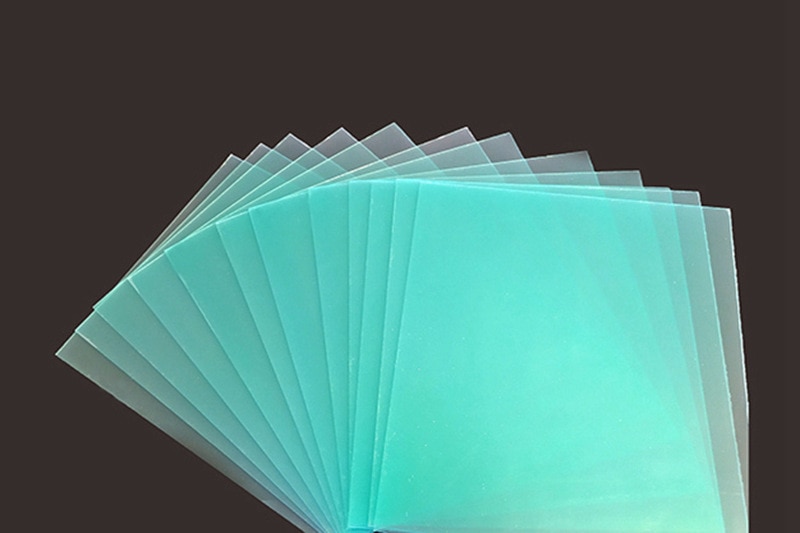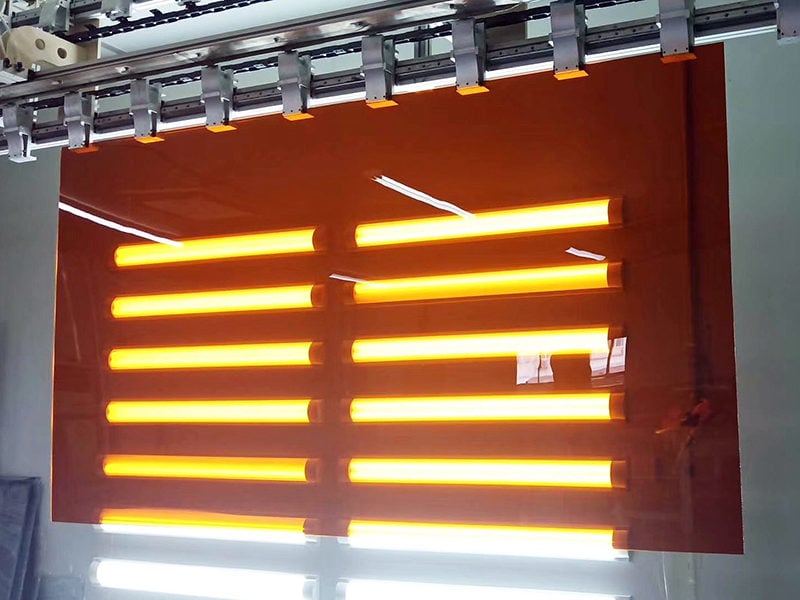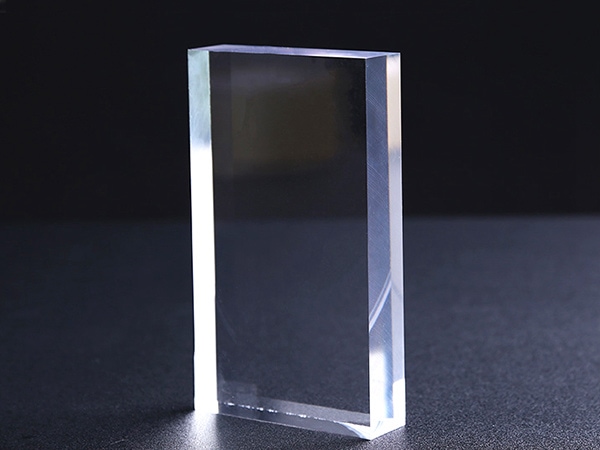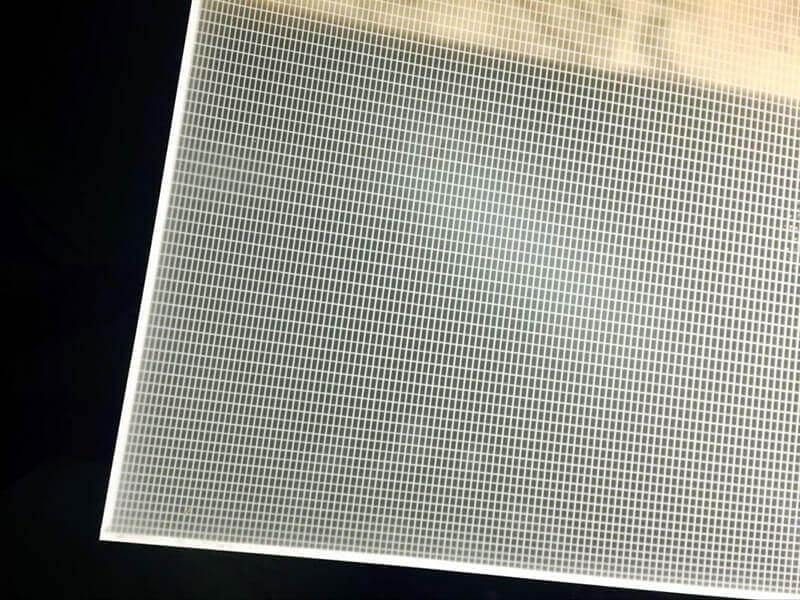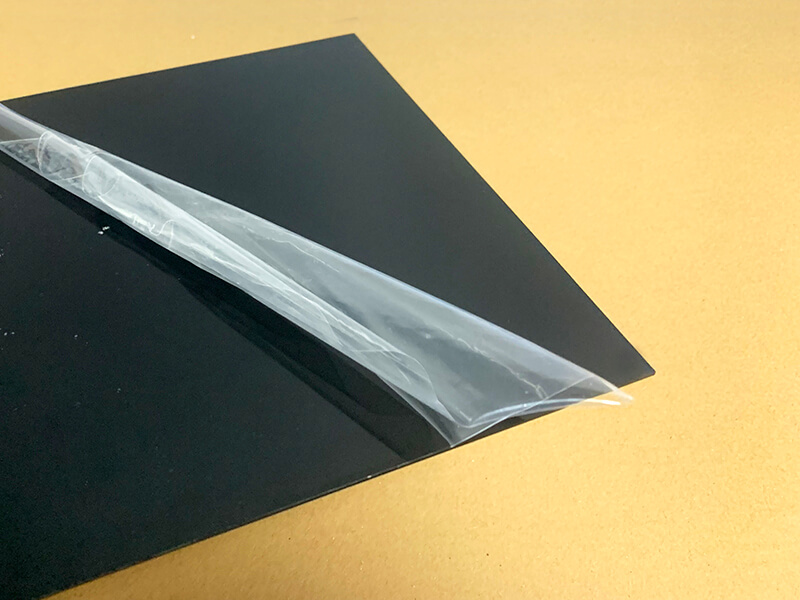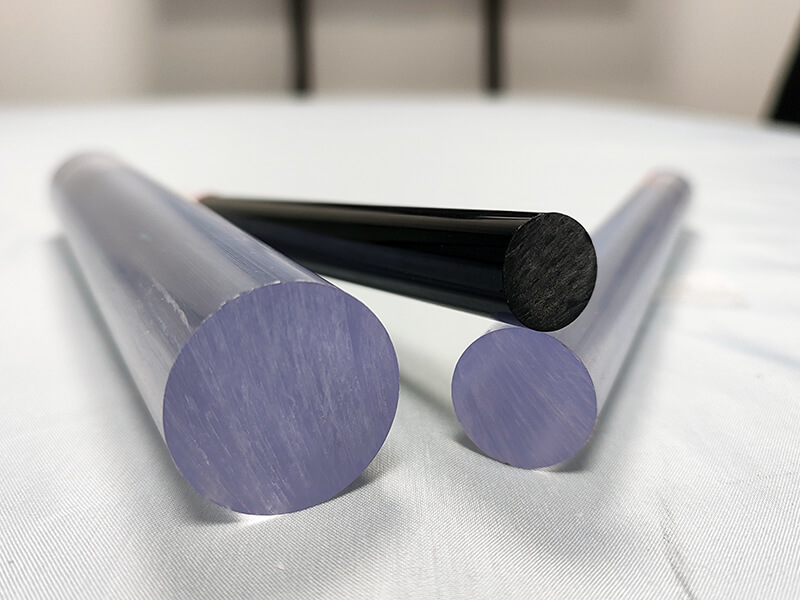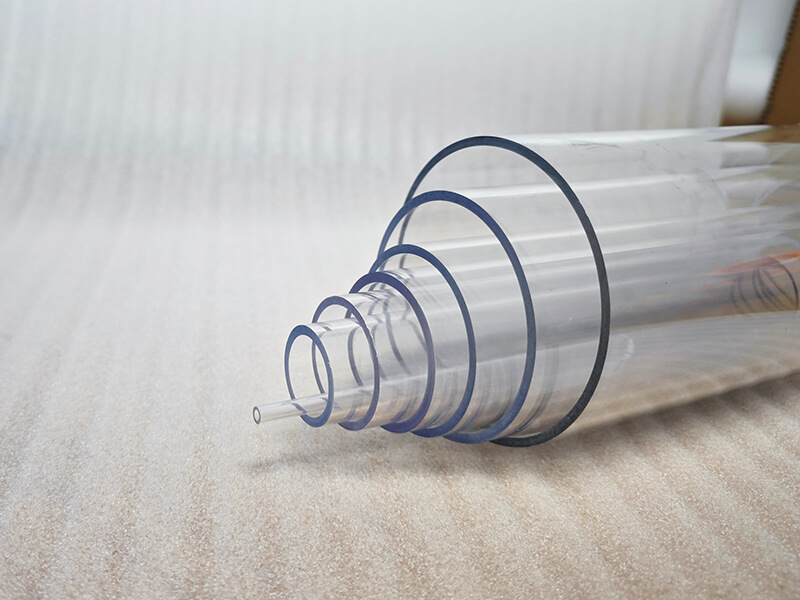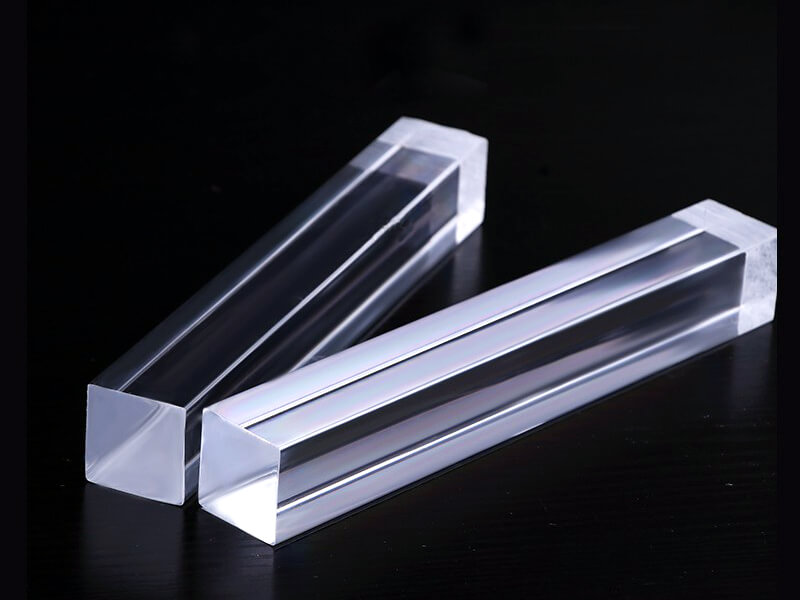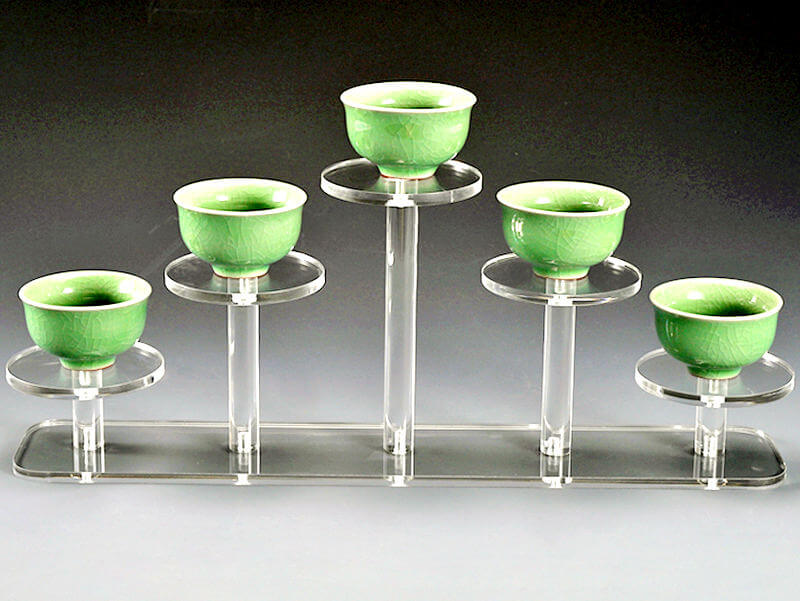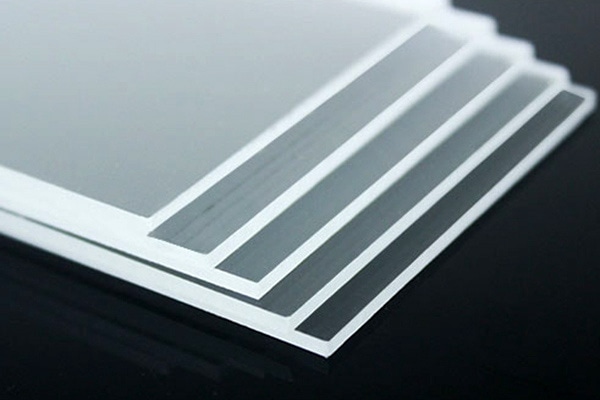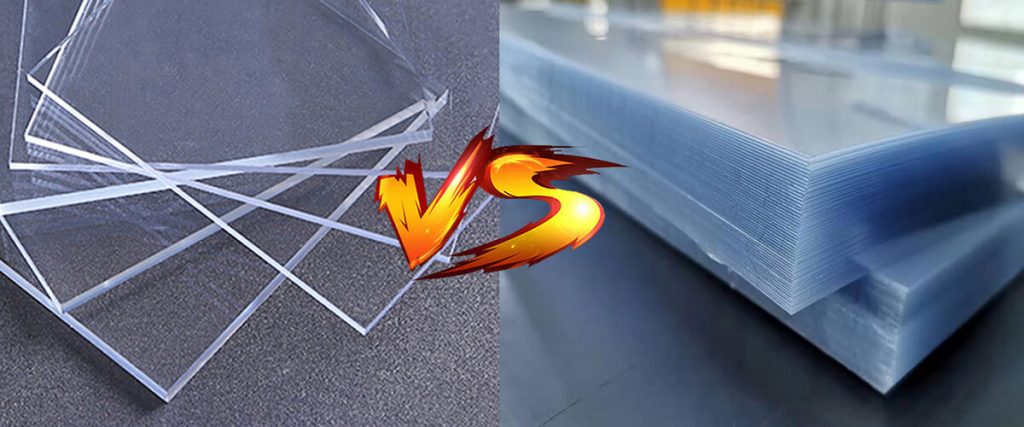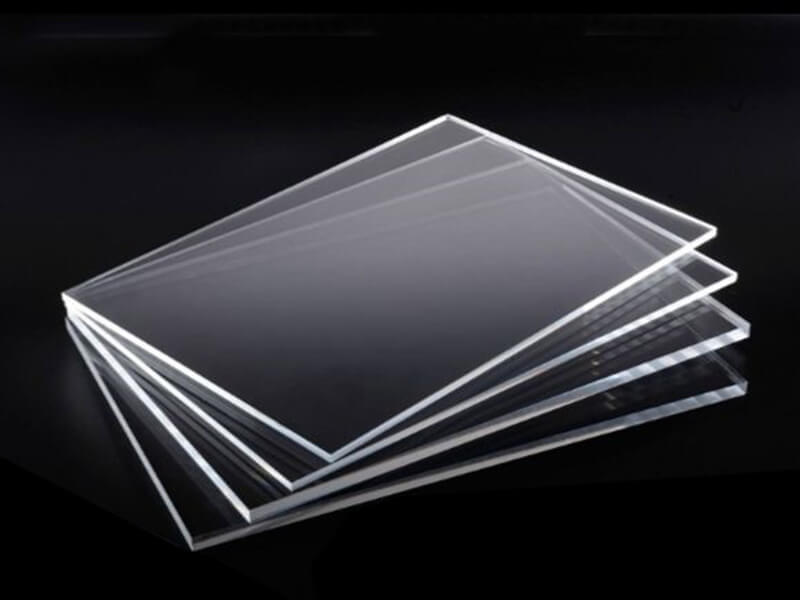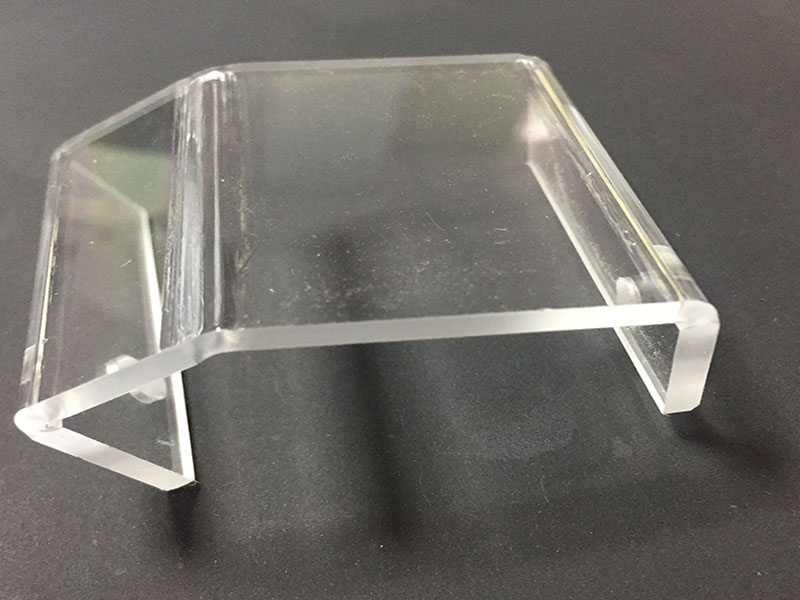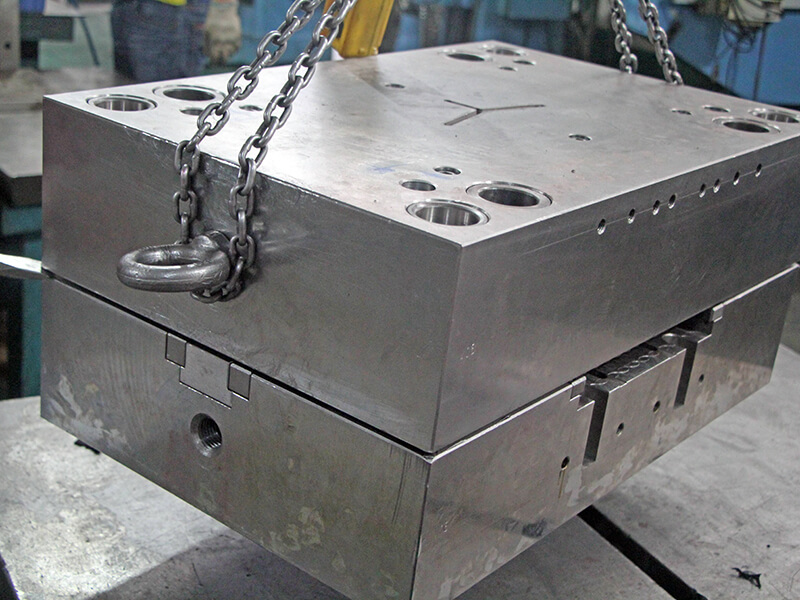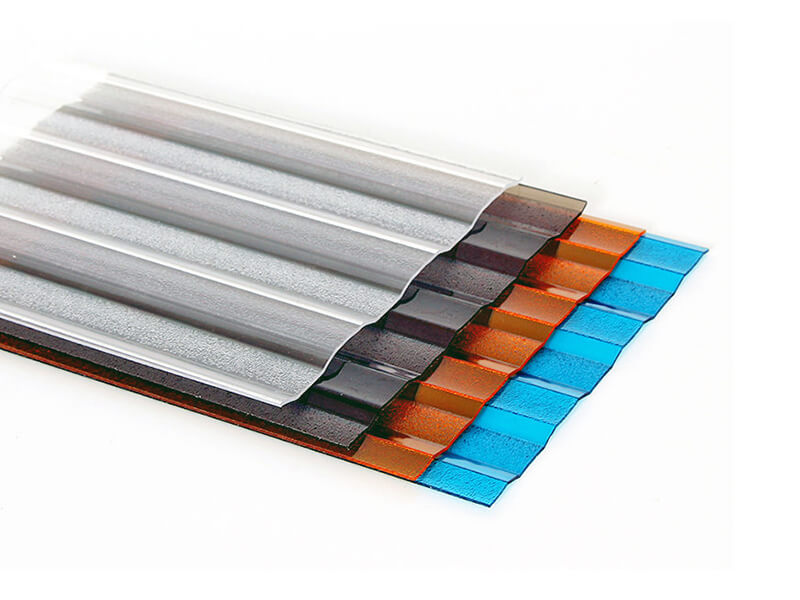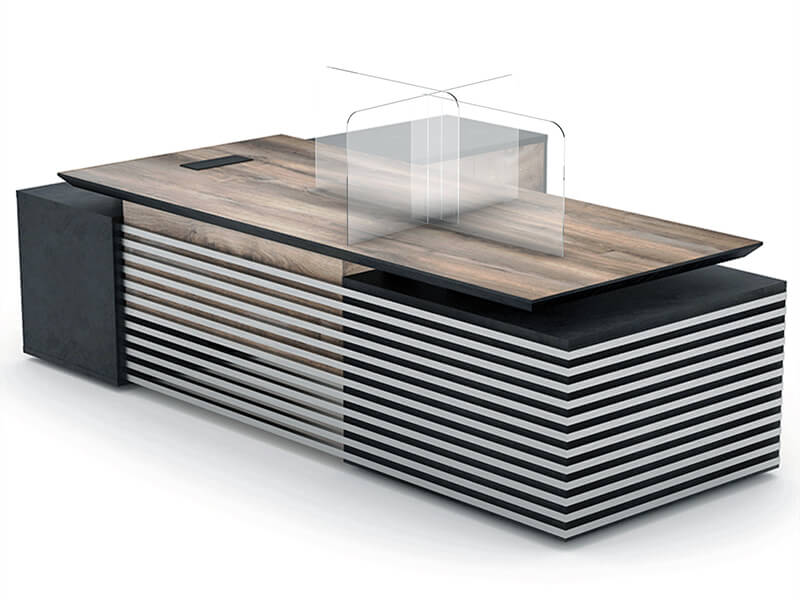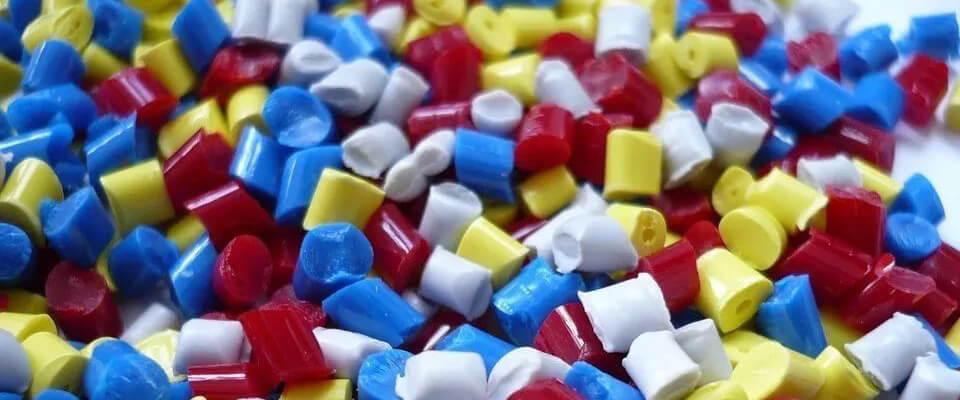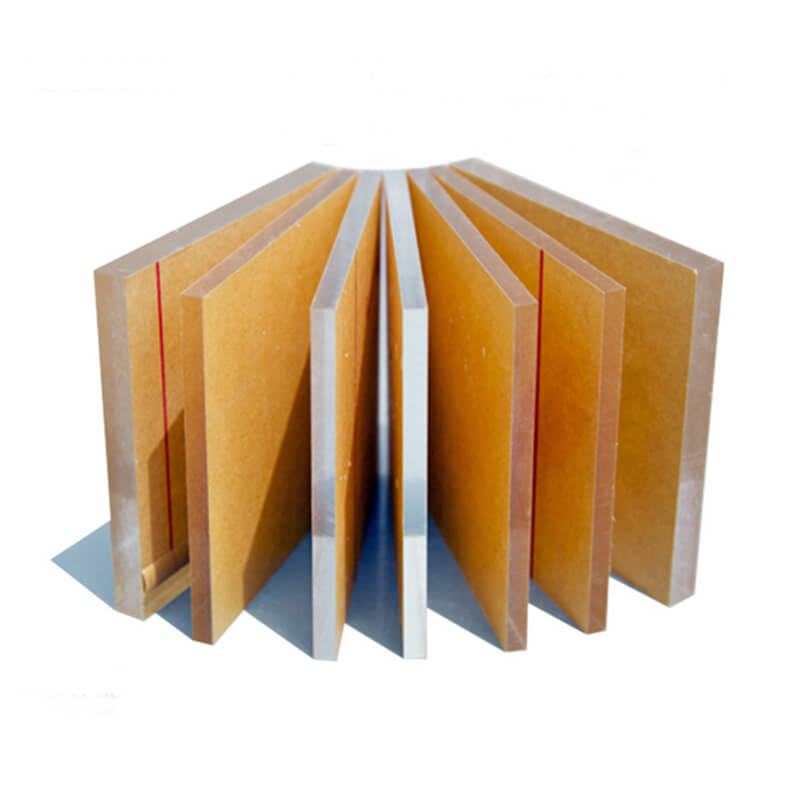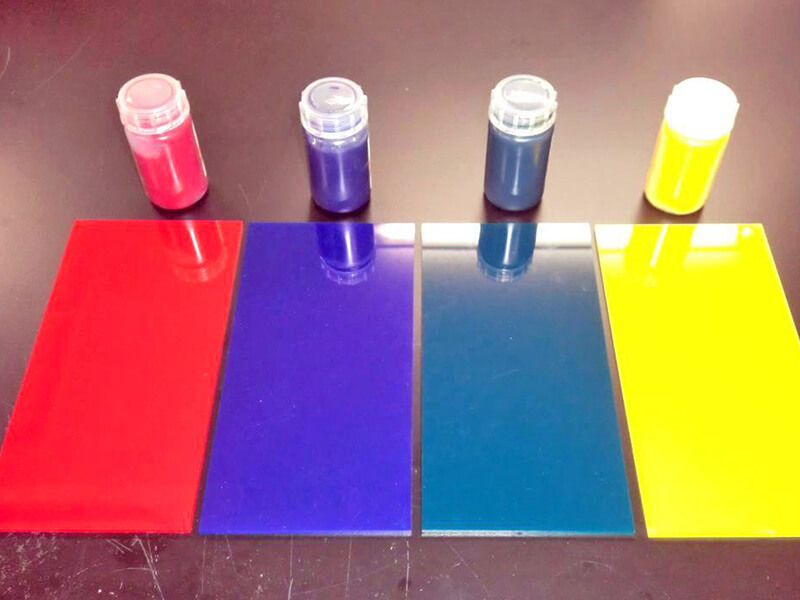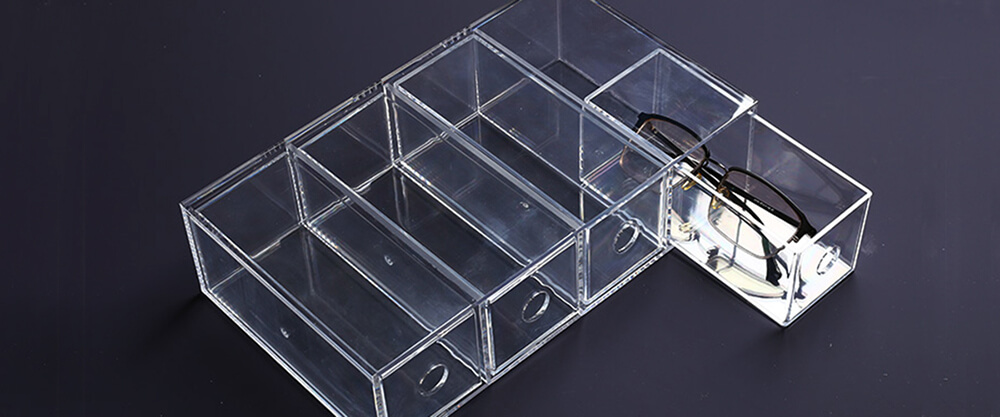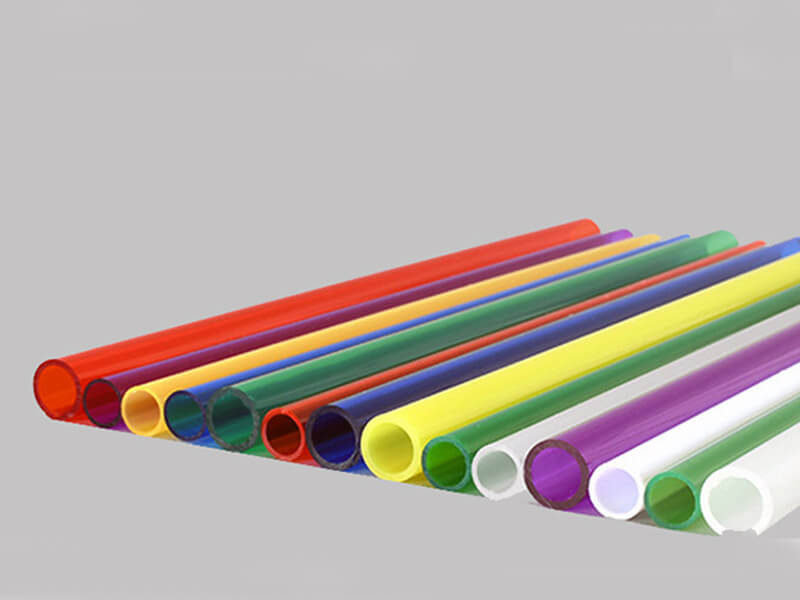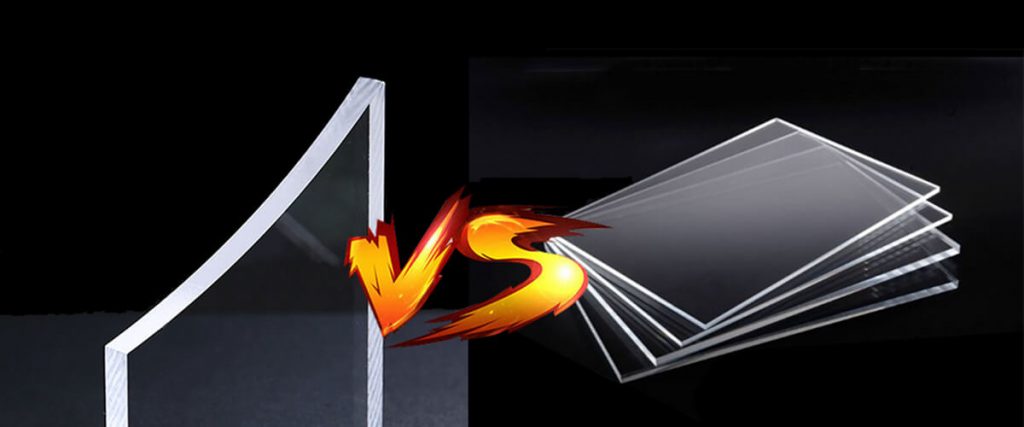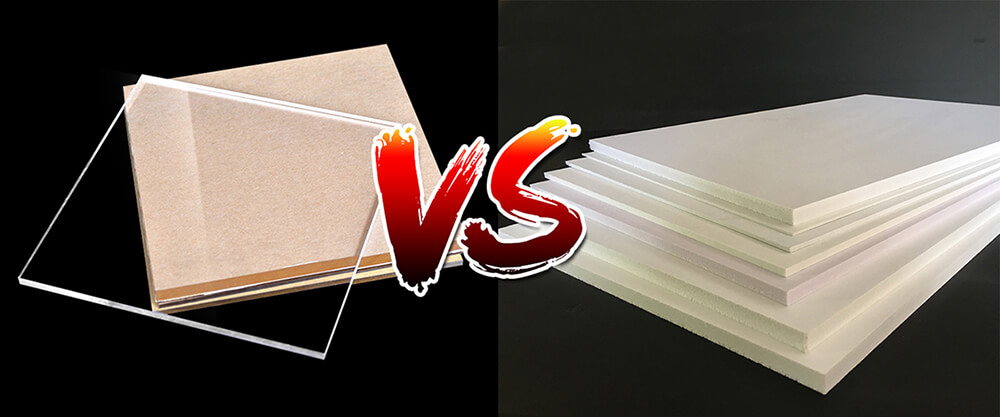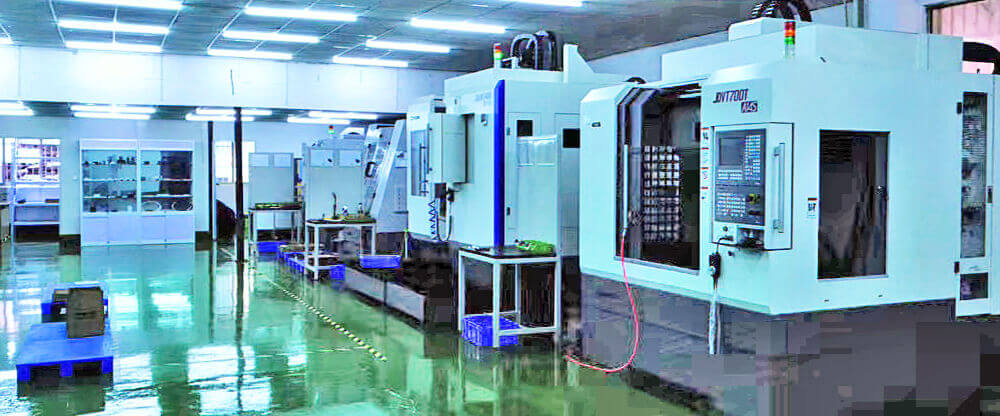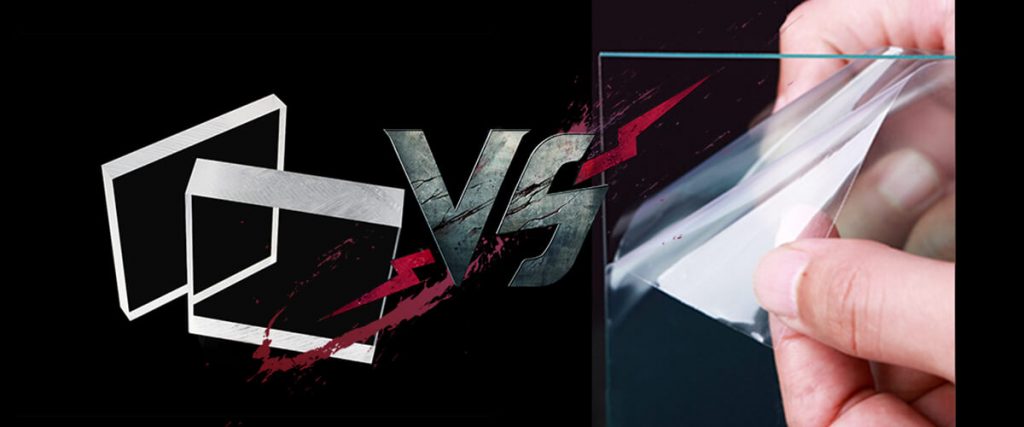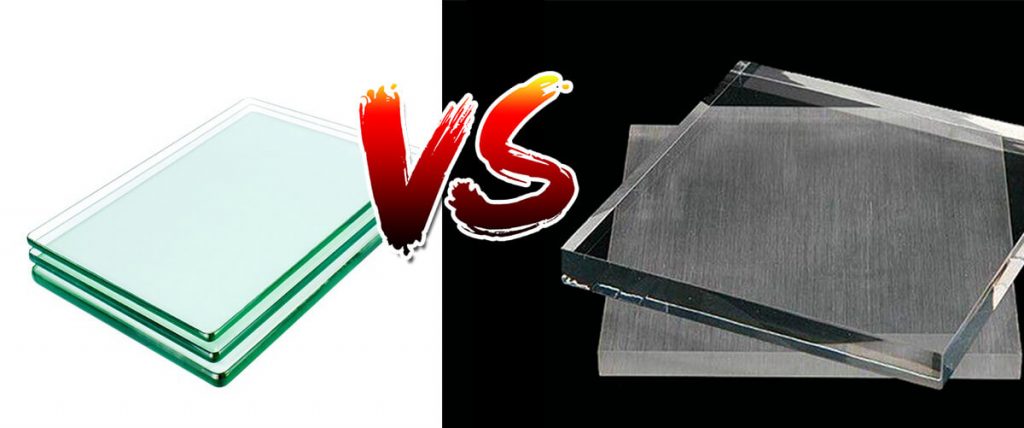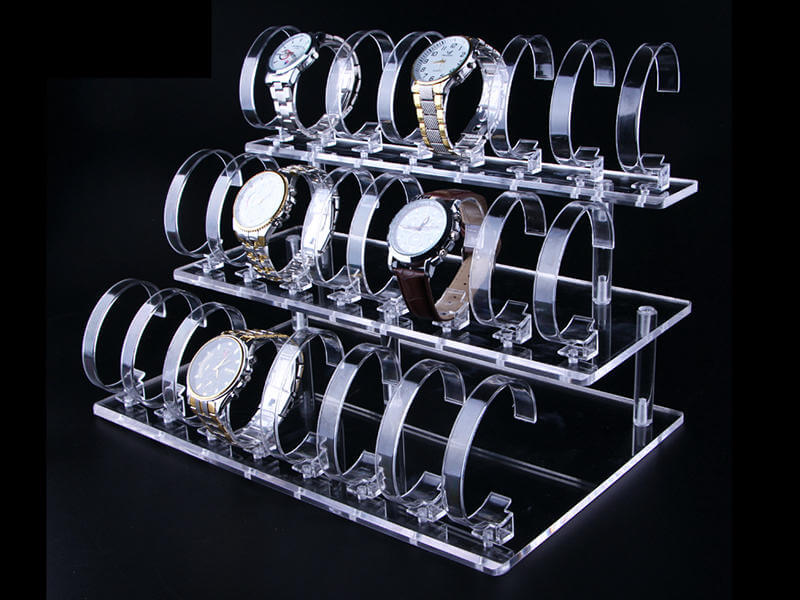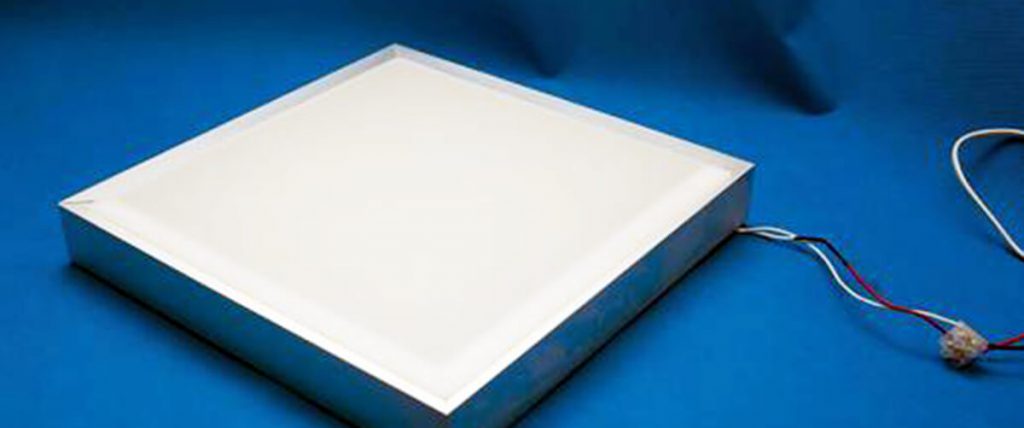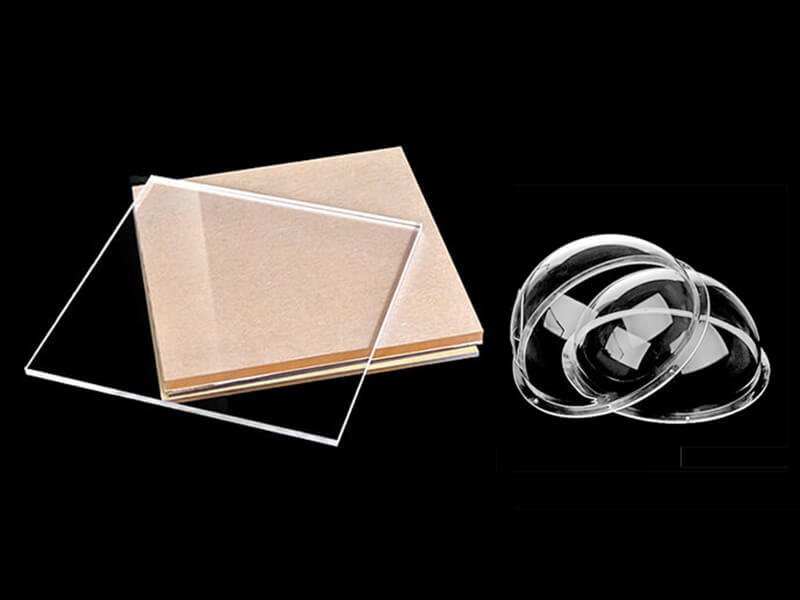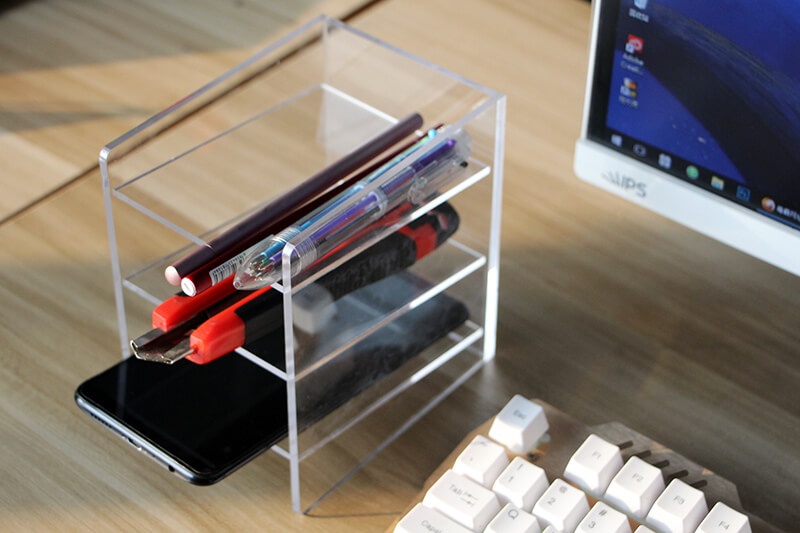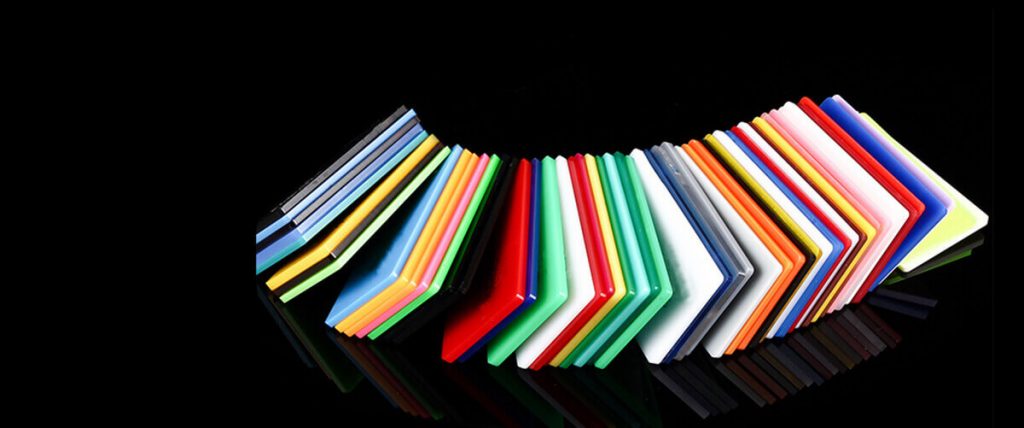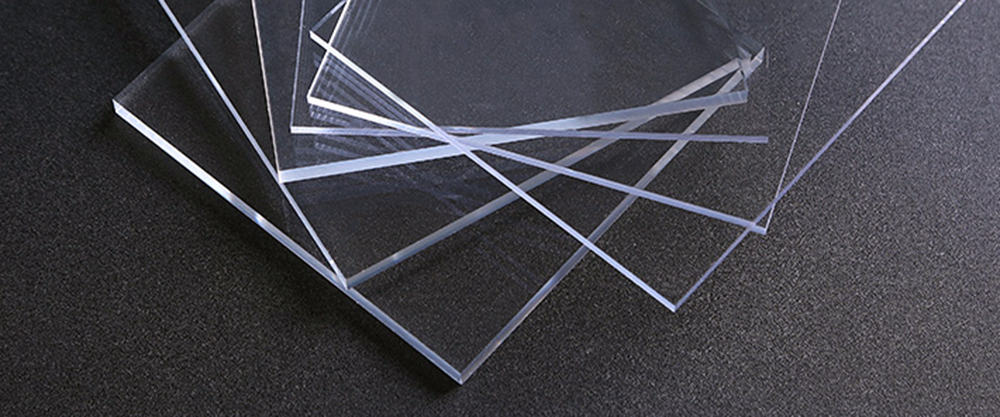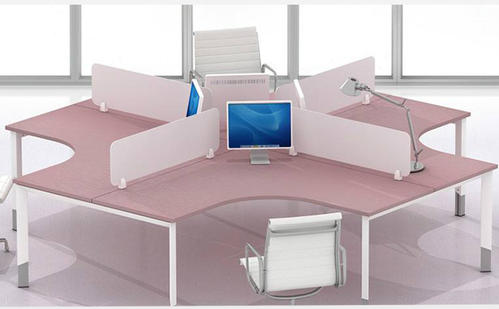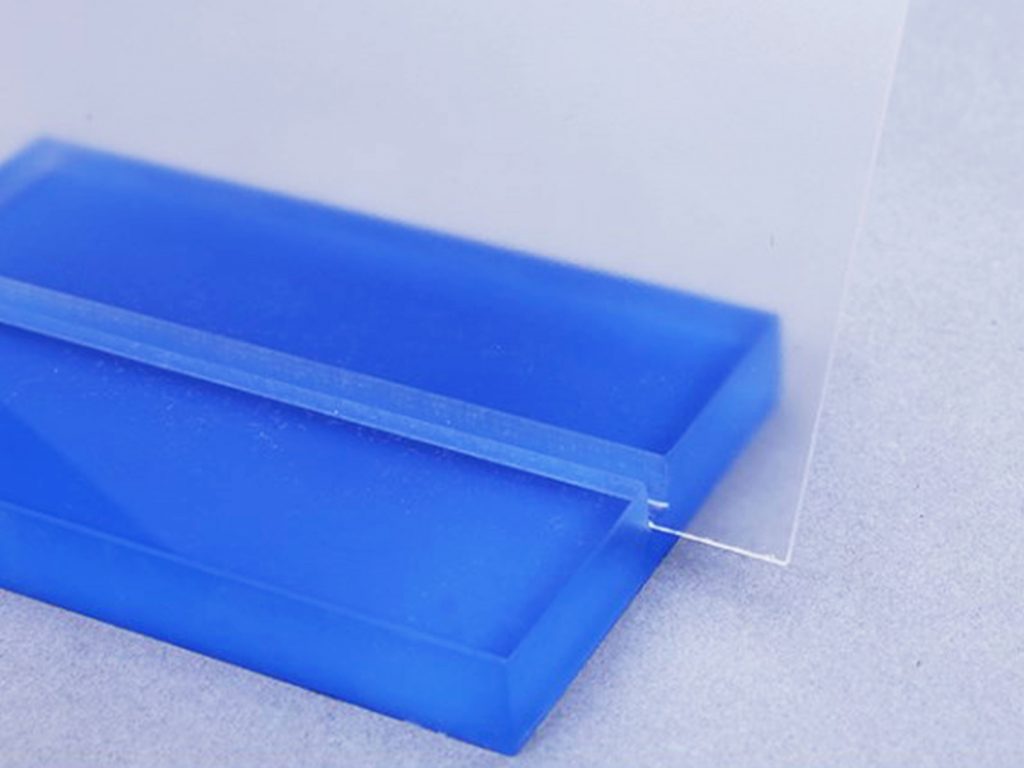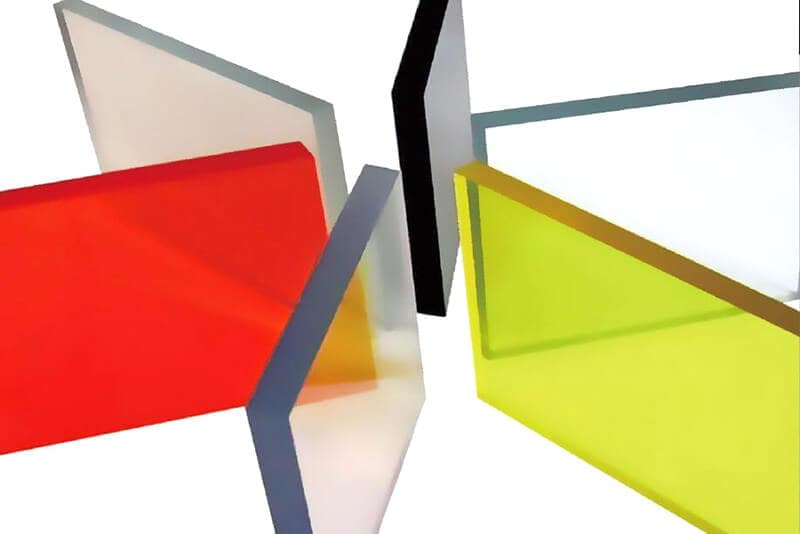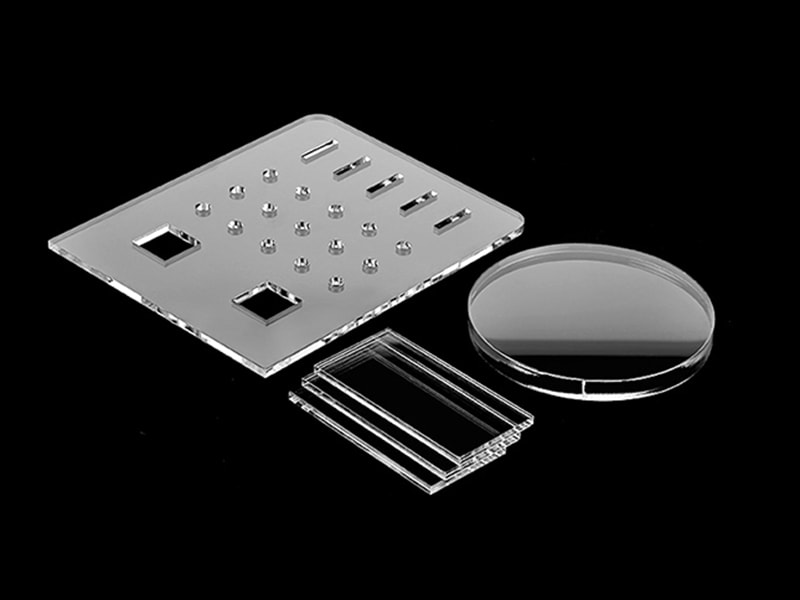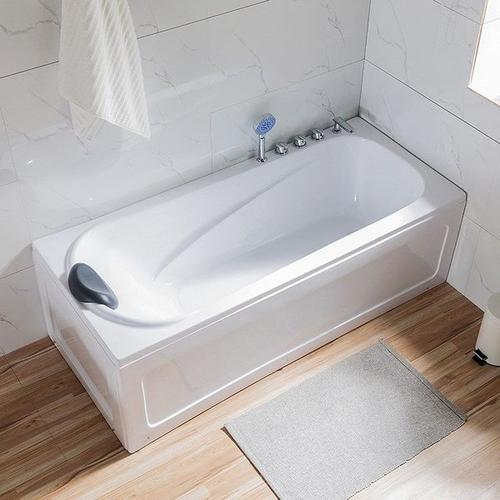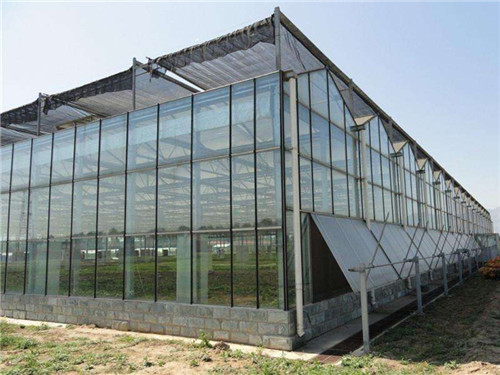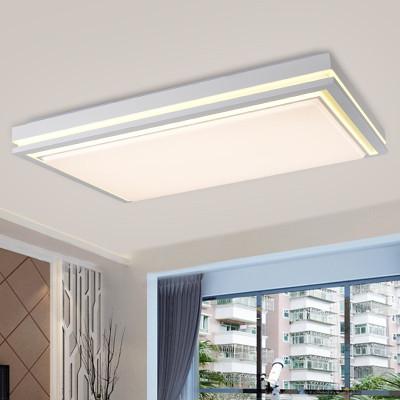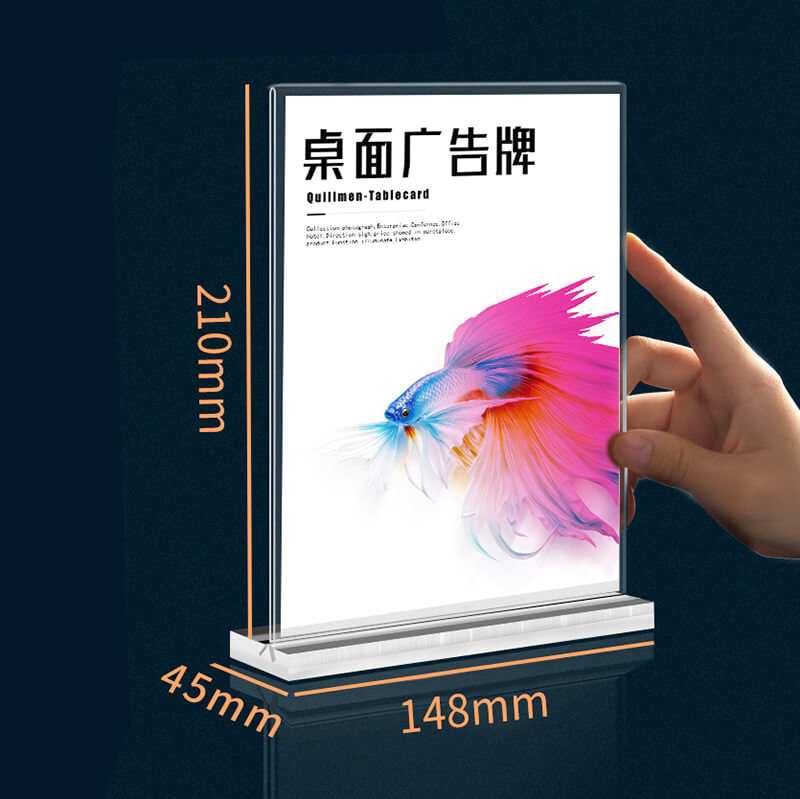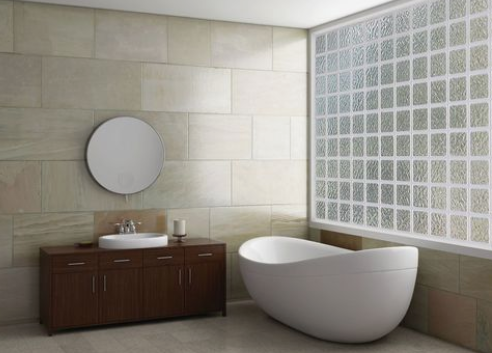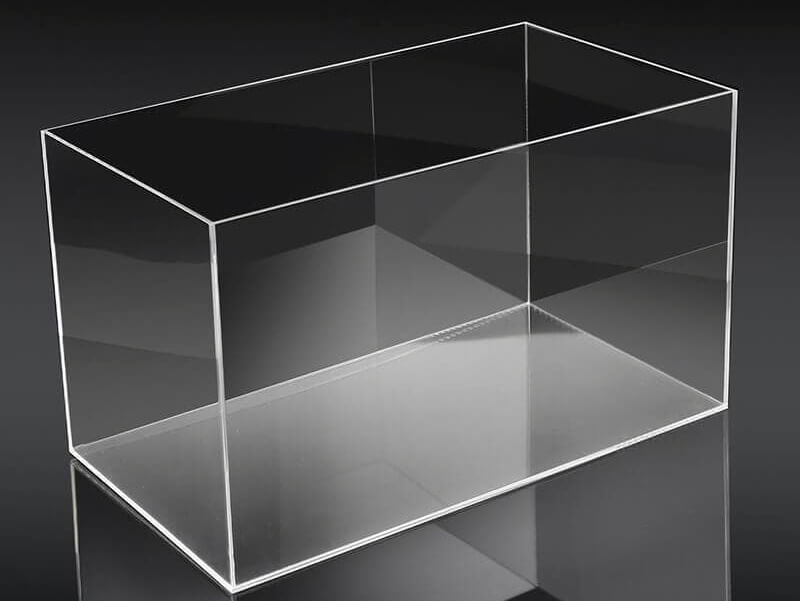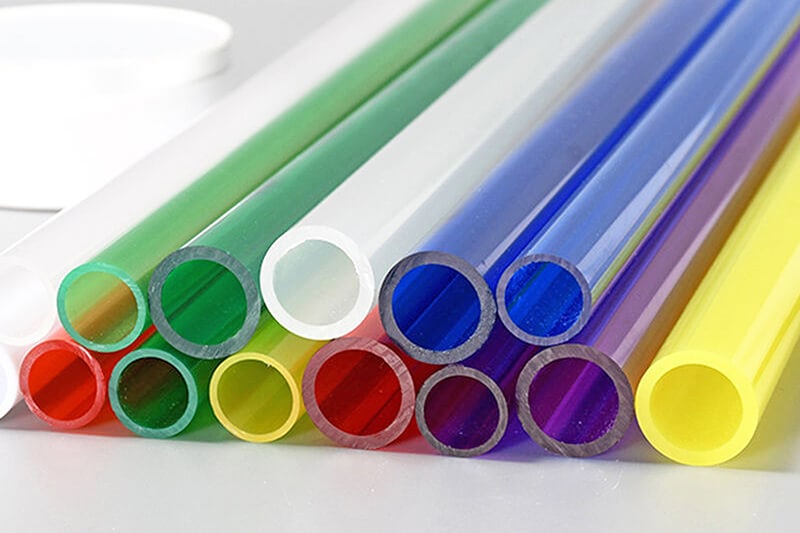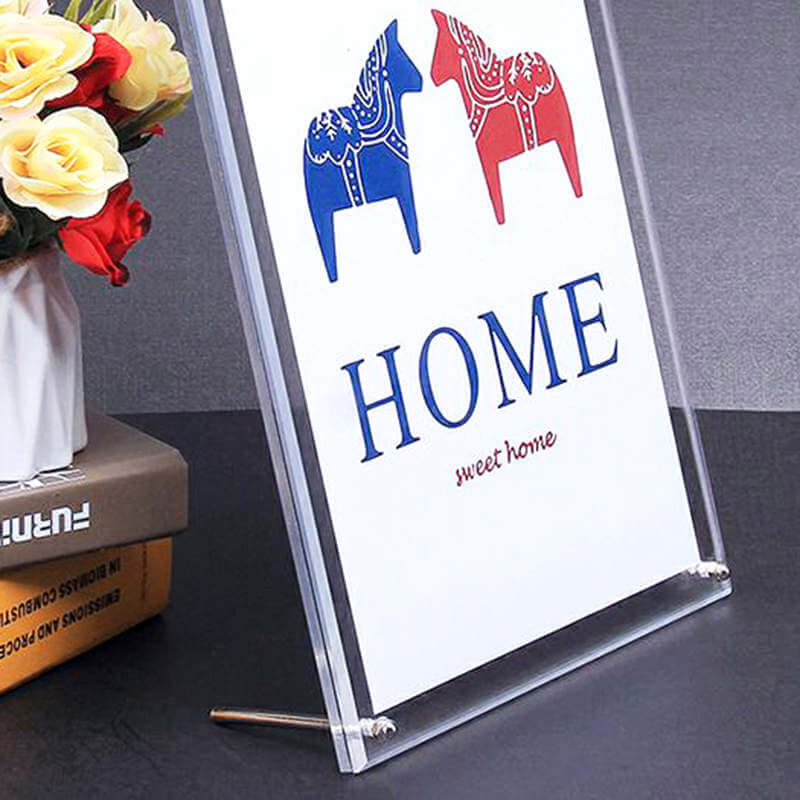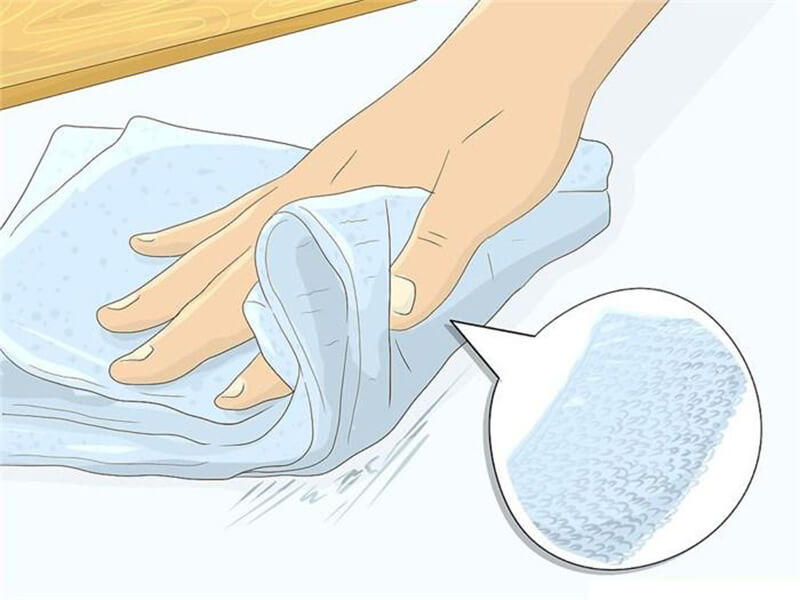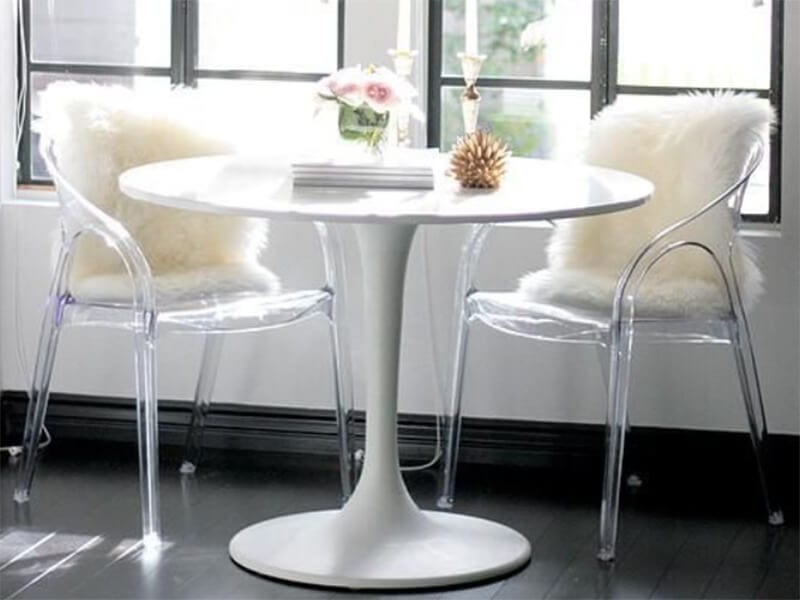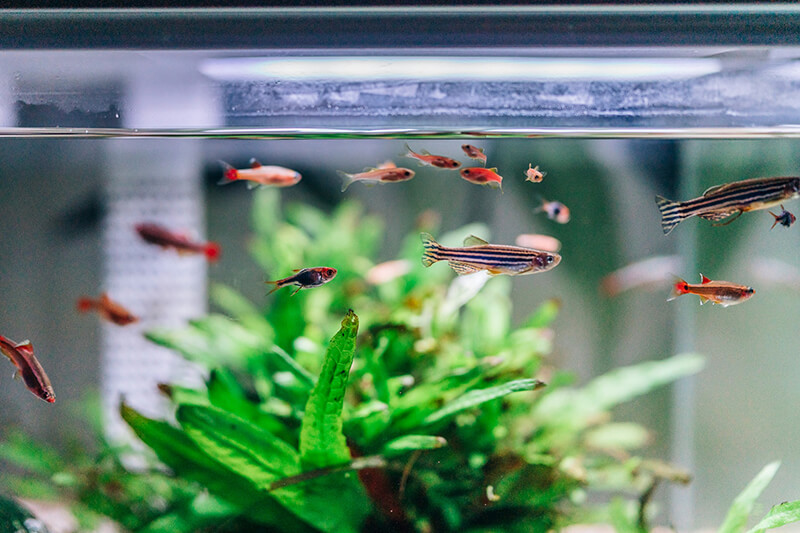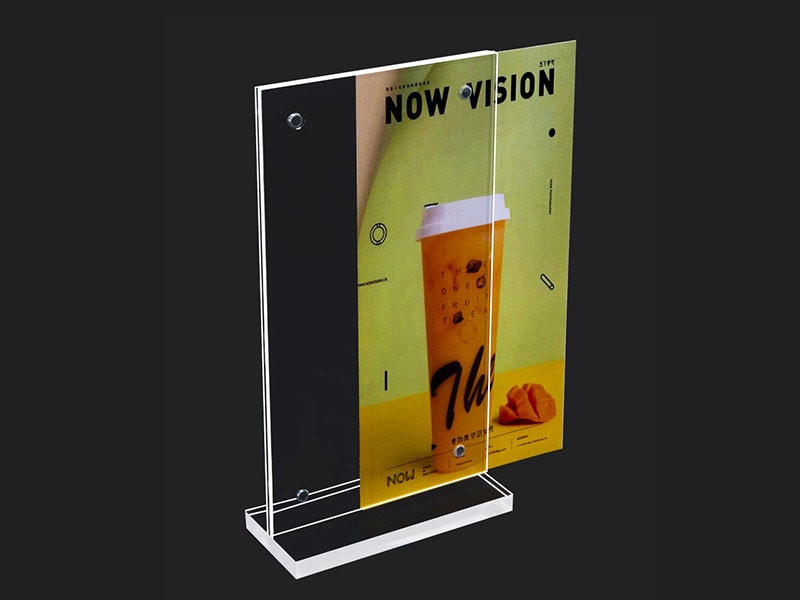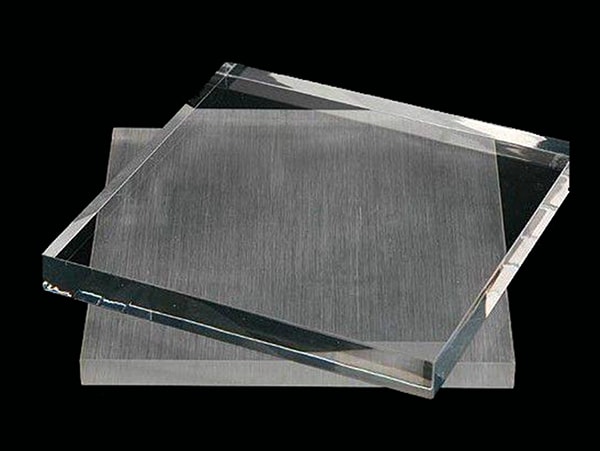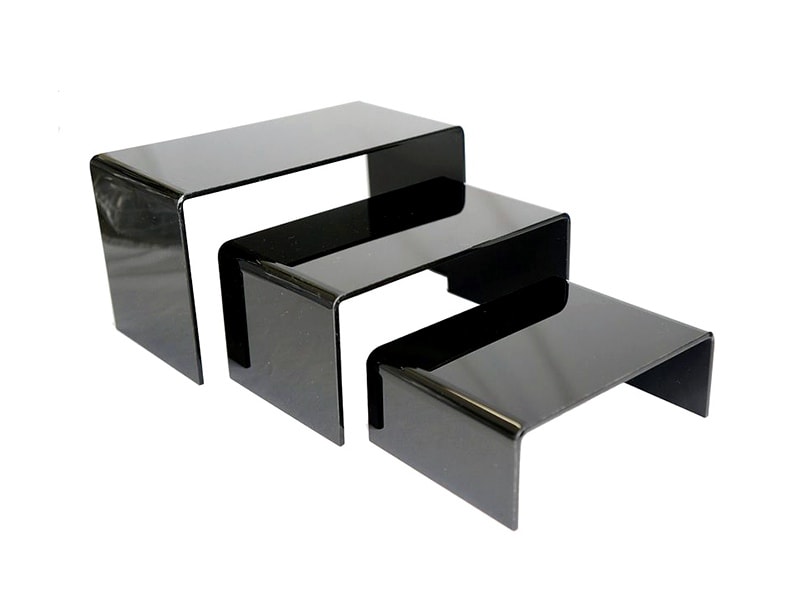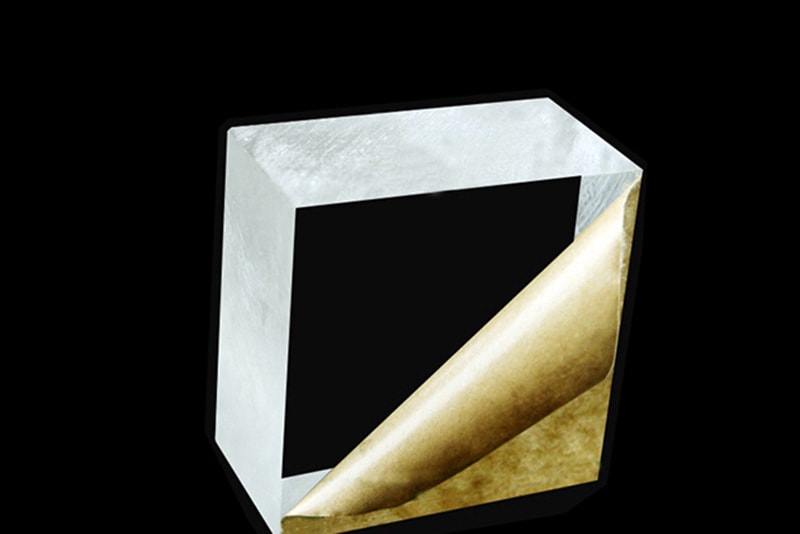What Is Infrared-Transmitting Acrylic? A Detailed Guide
Learn all about infrared-transmitting acrylic in this detailed guide. Discover its properties, uses, and benefits in various applications..
If you are in the market looking forward to a high-performance material, infrared transmitting acrylic sheets are exactly what you should consider. It is an advanced material that makes it possible to effectively transmit IR while ignoring other wavelengths.
They are perfect for a wide range of applications, including security camera covers, remote control sensors, IR touchscreens, and industrial heating elements.
The amazing combination of durability and advanced functionality makes them ideal for various industries and business purposes. Scroll down to learn more about its unique benefits and versatile uses.
Understanding Infrared Transmitting Acrylic
Infrared transmitting (IRT) acrylic is a type of transmitting sheet designed to pass through infrared (IR) light and block visible light and ultraviolet (UV) rays. This plastic sheet is mainly formulated for projects where infrared (IR) light transmission is necessary, such as remote controls, IR sensors, and security systems.
For instance, it helps transmit infrared light without interrupting visible light.
The plastics used for transmitting light are made with a special acrylic sheet. This versatile and durable plastic material is known for its strong resistance to wear and tear and optical clarity.
How Does Infrared Transmitting Acrylic Work?
The working principle of infrared-transmitting acrylic typically depends on its special optical properties. Though the physical properties of infrared plastic are almost similar to those of traditional acrylic sheeting, the only difference lies in its light transmission capabilities.
IR acrylic sheeting is black in appearance, allowing only infrared rays to pass through. This is due to the specific characteristics of acrylic resin and other additives that mainly adjust its optical properties.
These additives interact with the wavelengths of light, which allow the IR light to transmit and block other environmental factors and mechanical stress. The best part is that the acrylic can even pass through the IR light, which is about 750 nm.
Types of Acrylic Infrared Transmitting Sheets
There are different types of acrylic infrared transmitting sheets available, used in multiple industries. A notable part is that the specifications are different for each acrylic sheet. Here are some common types you should know about:
1. Standard Infrared Transmitting Acrylic
This is the most commonly used transmitting acrylic you will find in remote controls and different IR sensor covers. The standard design of these sheets allows them to pass through a wide range of infrared light wavelengths. This special feature makes it versatile to use in various applications like windows, skylights, and outdoor displays.
2. High-Transmission Acrylics
High-transmission acrylic sheets are designed for higher infrared light transmission that a standard sheet can’t. The sheets are commonly used in high-performance optical devices and sensors where precise IR light passage is required.
3. Impact-Resistant
As the name suggests, these acrylic sheets are highly known for their durability and ability to transmit infrared (IR) light. These sheets are robust enough in performance compared to standard acrylic.
4. Prismatic Acrylics
Prismatic acrylics are designed with a prismatic surface that features a textured pattern of tiny prisms on one or both sides. These prisms manipulate light in specific ways and provide a unique visual effect. You will find these sheets in lighting applications such as skylights, light covers, luminaires, and many other architectural and decorative applications.
5. Mirror Acrylics
One side of these acrylic sheets is coated with a reflective material that gives you a mirror-like finish. Most commonly, they are used in interior design, retail displays, signage, and decorative applications.
6. Opal Acrylics
The acrylic sheets are known for their translucent and milky-white appearance. It allows light to pass through while diffusing it, which gives it a soft, glowing effect.
Special Features and Advantages of Using Infrared Transmitting Acrylic
Infrared transmitting Acrylic sheets are changing the world of architecture and interior design, where IR transition and UV blockage are a must. Even the advantages of this sheet do not only lie in light transmission. What’s more? Have a look:
| Lightweight & impact-resistant | IRT acrylic sheets are lightweight enough and come with excellent resistance capacity. Research found they are 50% lighter and 17 times more impact-resistant than traditional glass. This makes it easier to handle and even install |
| A safer option | The IRT acrylic is a relatively rigid material with an elongation rate of 8%. That means it has less chance of fracturing or breaking under pressure. |
| Durability | It is going to be an excellent, durable acrylic option for you that you can conveniently use for both indoor and outdoor uses. |
| Heat Resistance | The thermal expansion coefficient rate of infrared-transmitting acrylic sheets is mostly found within 65 µm/m °C. It ensures moderate dimensional stability when heat is applied. |
| Affordable & versatile | Infrared acrylic sheets are an affordable alternative to glass and polycarbonate with the advantage of IR transmission. It is also much easier to cut and reform as needed. |
Applications of IRT Acrylic Sheets
How to Select the Right Infrared Acrylic for Your Business?
Now that you are wondering about choosing the right acrylic infrared transmitting sheet, here are a few major factors that you should consider:
In Closing
Infrared-transmitting acrylic sheets are a great choice for many uses. These sheets are strong, easy to work with, and can improve your projects. If you want to ensure the best performance and results for your business, this is the right time to incorporate this material into your industry application. It is better to check samples and consult with suppliers to ensure the right sheets in this instance.
UVACRYLIC is a top supplier of Infrared-transmitting acrylic sheets in China, just contact us for free samples.
Need A Trustworthy Supplier Of Acrylic Product
Click on the button, you will find the Trustworthy Supplier Of Acrylic-based product and machining services.


